Today's review is for those looking to grow healthy, strong hair. Masks and balms improve the condition of the hair, but the degree of their effectiveness directly depends on the initial stage of care, namely, on shampooing and the product that is used at the same time. This is why organic shampoos have been gaining popularity over the past few years.
Content
Which organic shampoo is best?
Below is a rating of high-quality organic products from the best manufacturers producing professional shampoos and mass-market analogues.
La'dor Triple x3 Natural
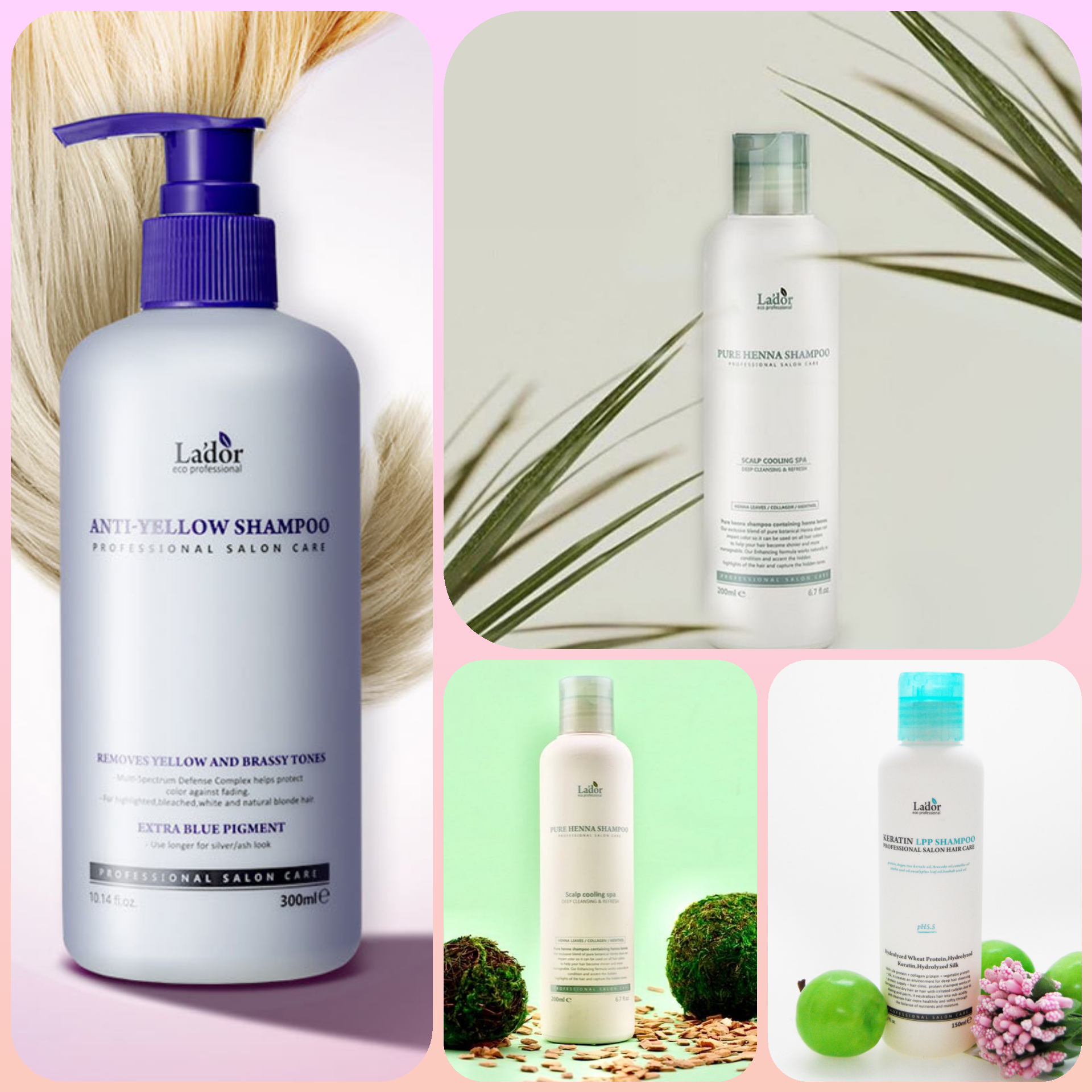
Organic "guest" from Korea with essential oils and natural plant extracts stimulates the growth of strands, strengthening them, relieves of seborrhea, normalizing the pH balance. According to buyers, Koreans are the best manufacturers of caring and decorative products in terms of price-quality ratio. Them cosmetics At least 70% consists of natural ingredients, while the price is significantly lower than analogues from European manufacturers, whose products consist of more than 70% of chemical compounds.
Advantages:
- Suitable for colored hair, since it does not wash out the coloring pigment;
- Extracts of black currant, turmeric, pepper and green tea;
- The average price is from 400 rubles for 150 ml.
Disadvantages:
- Not found.
Noerishing Lavender by Avalon Organics
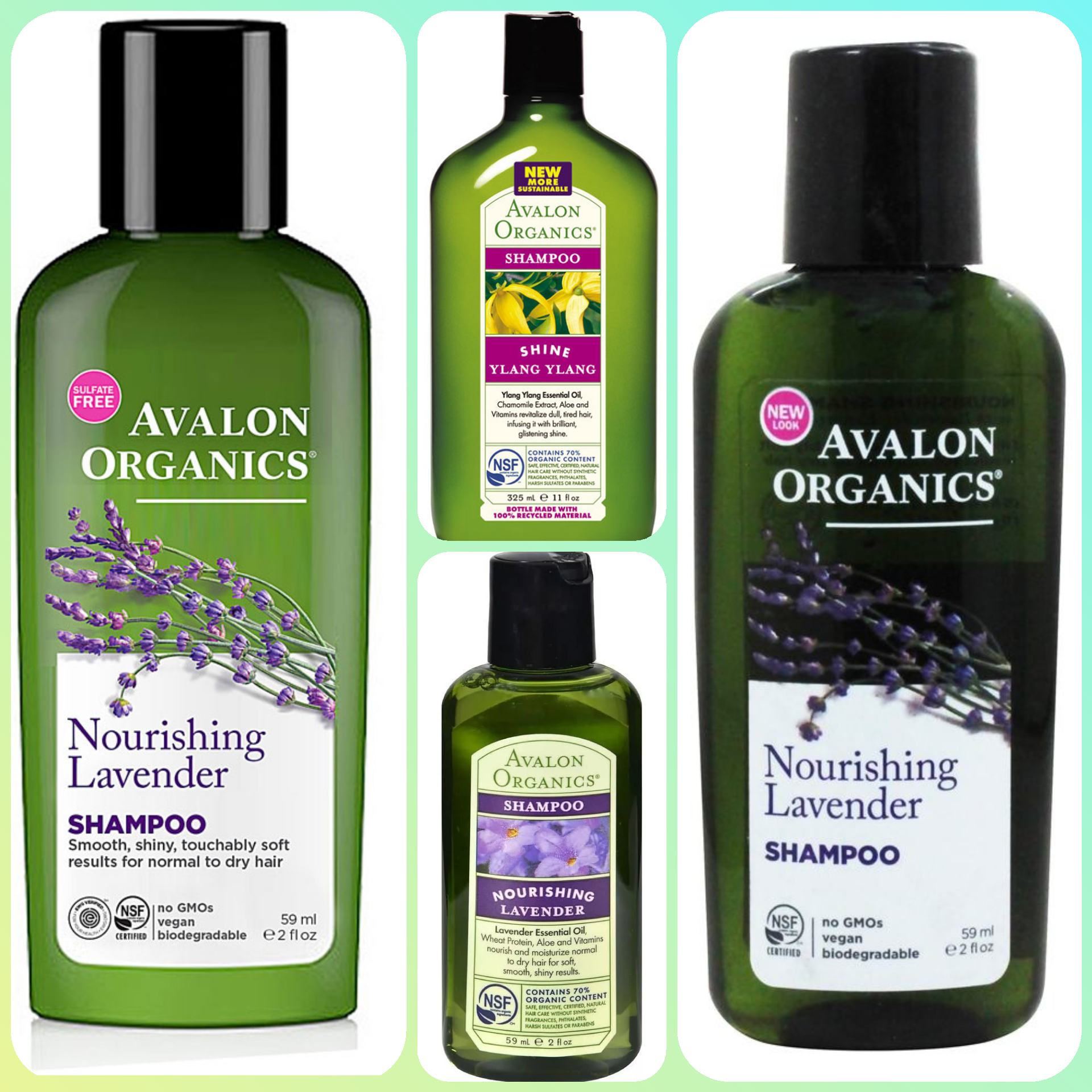
A US trade brand has developed a special product for normal hair. Coconut and lavender oils add shine, nourish and smooth. The composition contains only natural preservatives. Free from artificial colors, fragrances, sulfates and parabens.
Advantages:
- The composition is 95% natural;
- Suitable for women and men;
- Paraben-free;
- Surfactant-free;
- Contains coconut oil, calendula and chamomile extracts, vitamin E;
- The average price is 900 rubles for 325 ml.
Disadvantages:
- It does not foam due to the lack of surfactants, so it seems that the strands are not washed out, and some try to soap their hair several times.
Angel Marine Depth Spa
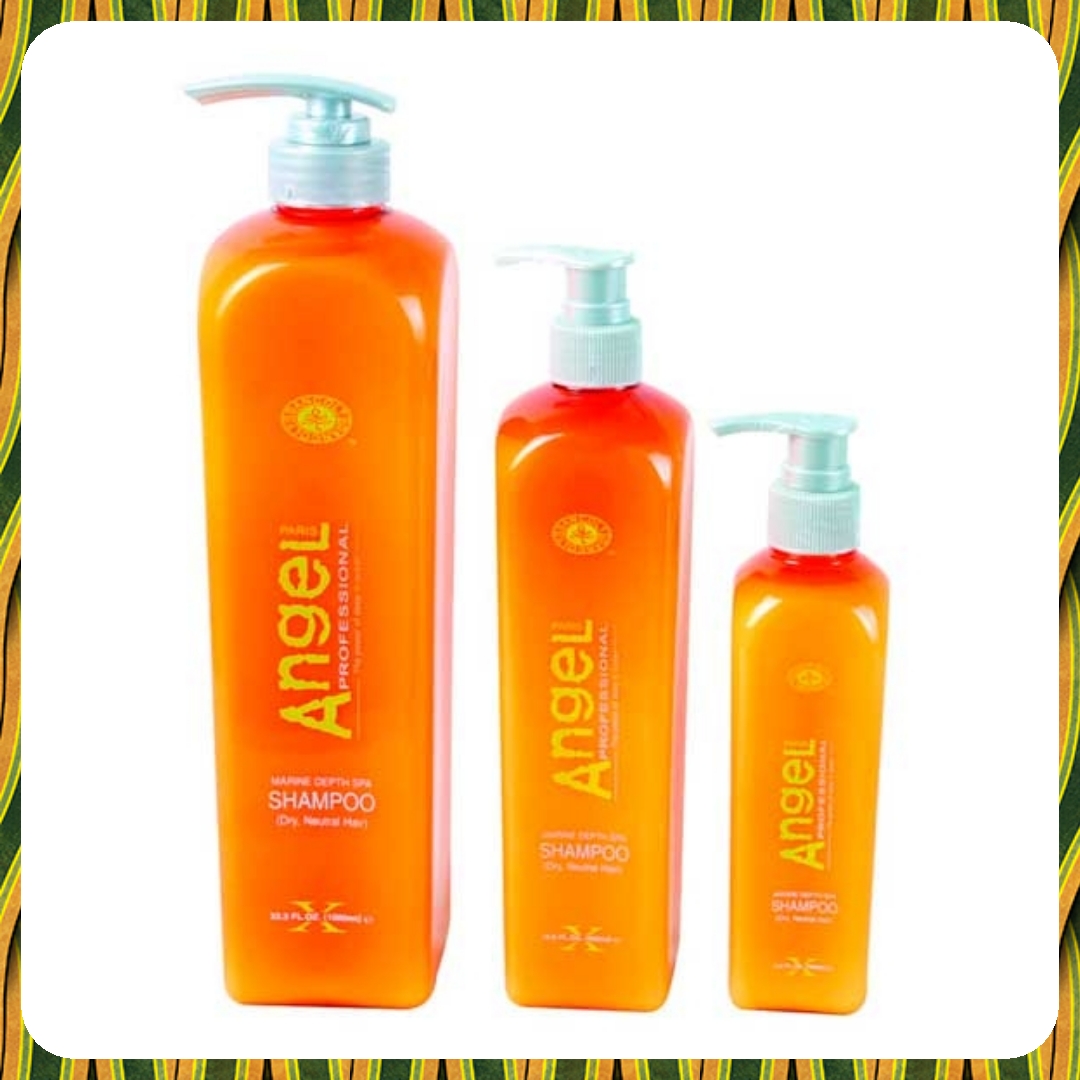
Designed for colored hair. Coconut glycosides and marine collagen effectively regenerate and nourish. Collagen moisturizes, gives elasticity and regenerates. Algae extract strengthens, eliminates seborrhea.
Advantages:
- Gently cleans, does not wash out the coloring pigment;
- The texture is creamy, delicate;
- Contains emulsion silicones that add extra shine and elasticity without weighing down or clogging the cuticles;
- The average price for 250 ml is 600 rubles, a volume of 500 ml can be purchased at a price of 900 rubles.
Disadvantages:
- Foams a little, so you need to adapt so as not to use an excess amount.
Angel vieso
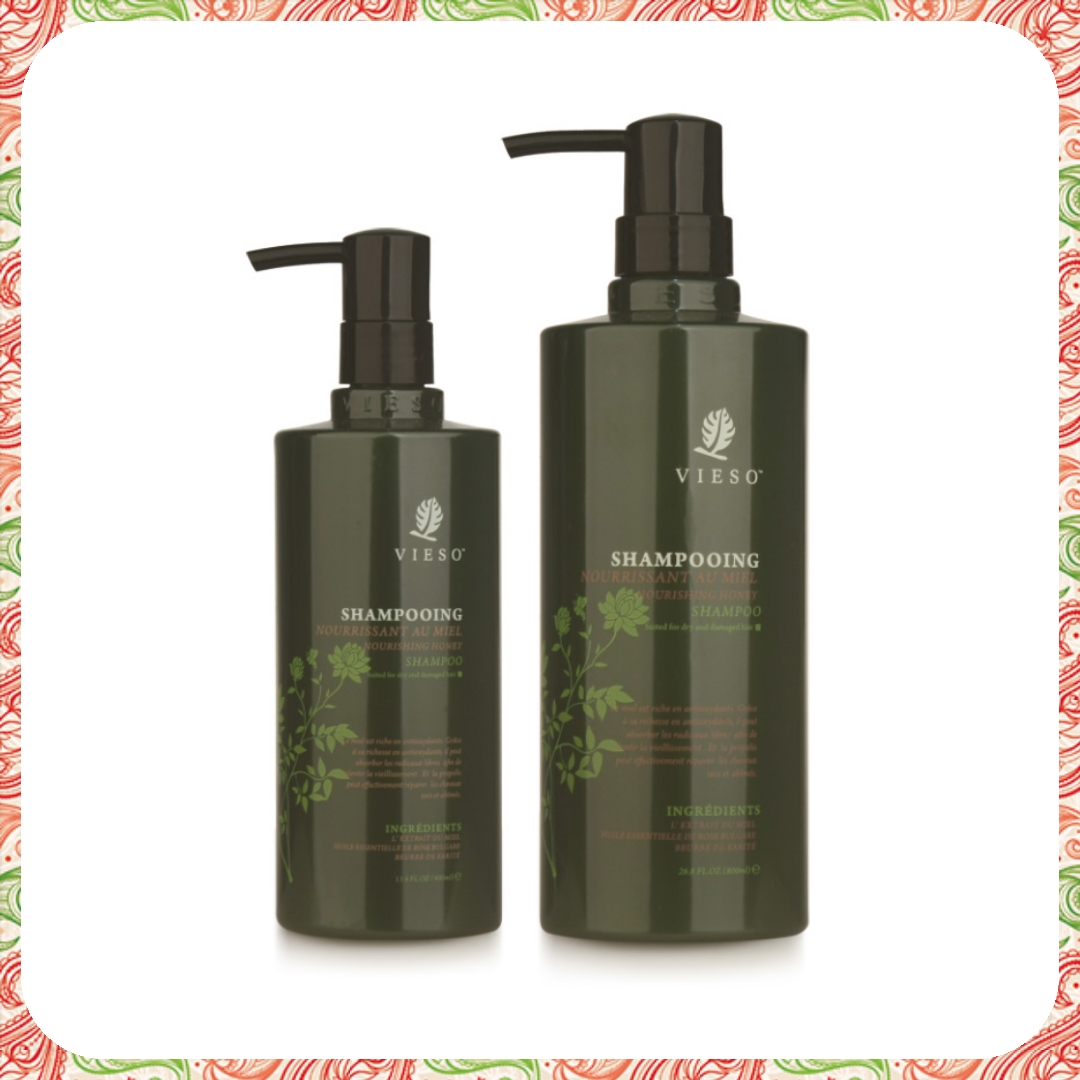
Wow effect after the first application - no "electrified" strands, split ends, mirror-like effect. Nourishes and repairs damaged and dry strands thanks to high concentration of organic shea butter, rose and grape seed oils, as well as coconut glycosides and wheat proteins (protein).Effectively restores the entire length, filling keratin voids, "seals" split ends.
Advantages:
- Pleasant consistency;
- Honey extract;
- Adds thickness and density even visually;
- Average price - 1,000 rubles. for 400 ml.
Disadvantages:
- Almost impossible to purchase from retail, you need to order online.
La Corvette
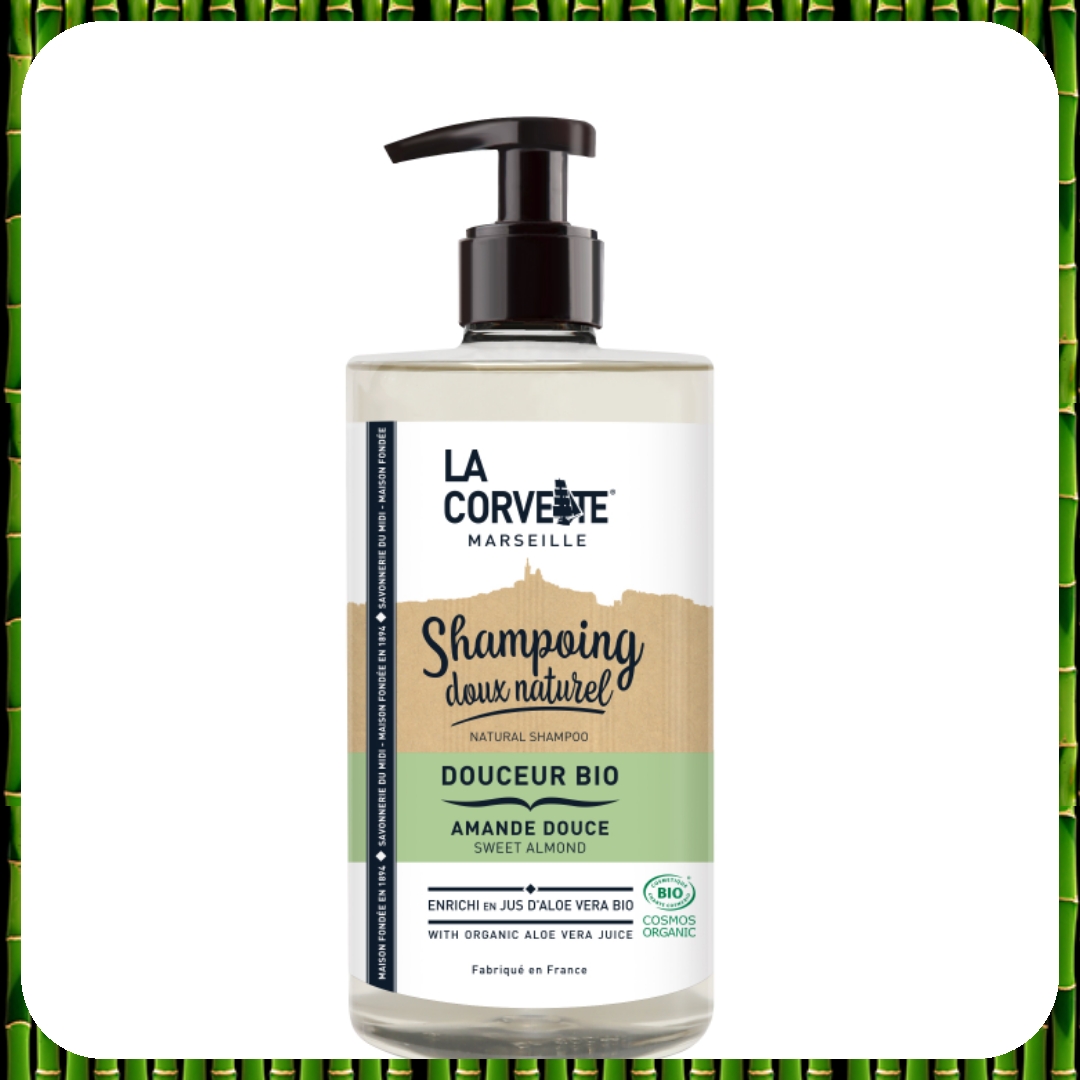
The development of a French brand for naturally damaged, brittle or naturally thin hair - Feulle De FiguerFig Leaf. The product is certified by the French association Cosmos Organic, suitable for sensitive skin, relieves the causes of seborrhea, has a tonic and health-improving effect.
Advantages:
- 97% natural ingredients;
- Shea butter and aloe extract in high concentration;
- Washes well, does not form an oxide film.
Disadvantages:
- The average price is about 1.900 rubles for 500 ml.
Organic Seeds Shampoo Subacidity For Dry Scalp

Korean manufacturer Whamisa offers an innovation for dry hair. An organic composition of 28 natural ingredients with the right concentration and ratio, which provides nutrition, growth activation, elasticity and shine.
Advantages:
- Facilitates combing;
- Versatile: suitable for men and women;
- Moisturizes and nourishes;
- Paraben-free;
- Has a quality certificate from the German Federal Association of Manufacturing and Commercial Companies, which is considered the most prestigious in the cosmetic and pharmaceutical industries.
Disadvantages:
- The average price is from 3.000 rubles for 500 ml.
Important! In order to increase demand for their products, many manufacturers indicate that they do not contain surfactants - surfactants. The most famous of them are sodium lauryl and laureth sulfates, which are recognized as harmful to hair and skin.
Surfactant molecules capture particles of sebum, dirt, residues of styling products, binding them with water molecules, due to this, complete cleansing of the hair and scalp is provided. Surfactants are divided into groups:
- Sodium Lauril Sulfate and Sodium Laureth Sulfate, derived from petroleum and petroleum products. The most controversial elements that cause the most damage to the cuticles and scalp. They are not completely washed off even after thorough rinsing.
- Sodium Cocoyl Glutamate, Sodium Cocoamphoacetate and Cocamidopropil Detain are SLS and SLES derivatives derived from coconut raw materials with or without added petroleum products.
- Lauryl Glucoside - a surfactant of plant origin, gives a soft foam and gently cleanses even sensitive skin, does not dry out or disrupt the sebaceous glands. Biodegradable, does not leave an oxide film when washed off. It does not affect the cuticles aggressively; after washing off, the "scales" close on their own.
- Dissodium Laureth Sulfaccinate - The name is very similar to SLS and SLES. However, the prefix "Dis" at the beginning says that there are no sulfates in this surfactant. Its molecule has a larger size compared to surfactants from the 1st group. Therefore, the substance is not able to penetrate the skin and accumulate in it, does not affect its pH balance and the work of the sebaceous glands. When buying a shampoo for a child, you can find this very substance in its formula - it is the safest and has a delicate cleansing effect, does not dry the skin and does not damage the cuticles.
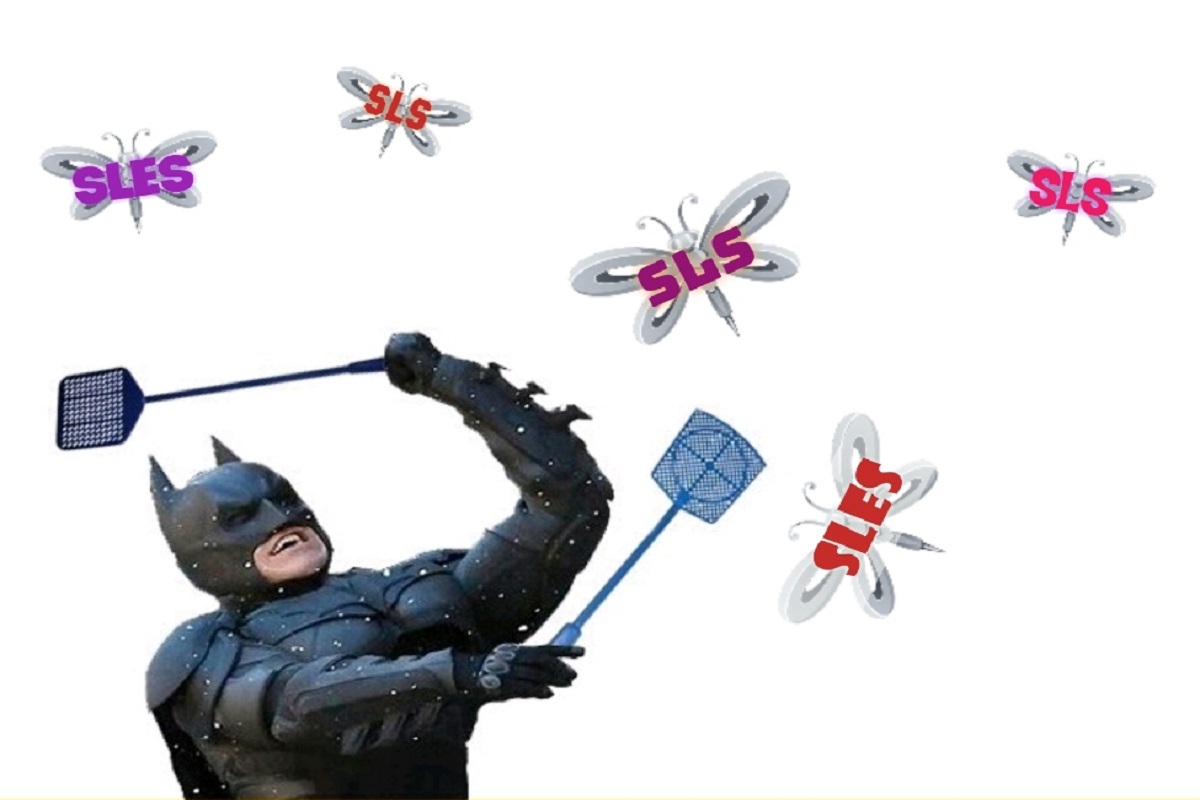
It would seem that surfactants from the 2nd group can also be considered safe, because everyone knows about the beneficial effects of coconut oil. However, the reviews of experienced beauty bloggers and the recommendations of professional hairdressers and trichologists are unambiguous: the frequent use of coconut and any other oil harms the strands. Oxidizing, it forms an oxide film that does not allow thermal protective and caring agents to penetrate into the cuticles. Therefore, it is recommended that the oils are thoroughly washed off at the end of the procedure and not overused. Otherwise, the care and styling compositions do not work in full force, practically do not have a caring, modeling or protective effect.
Surfactants from the 1st group have a similar effect on the strands and scalp. There are other disadvantages to these supplements. Due to the washing out of all components and fats from the cuticle and the upper layer of the epidermis, with the regular use of surfactants of groups 1 and 2, the following phenomena are observed:
- The hydrolipid balance is disturbed, because.Surfactants "take" moisture from the scalp and cortex, penetrating through the cuticles and causing fragility and dryness;
- Due to oxidation, the cuticles are lifted, this is what allows you to thoroughly wash all the particles of fat and caring agents, but for the same reason, healthy fats do not linger in the hair, and then it is difficult to "smooth" the scales that stand on end, even with a mask. Hence - constant fragility and "washcloth effect" on the head, even with regular use of masks.
- Chronic seborrhea may appear, over time, the hair begins to thin. Surfactants strongly degrease, so the sebaceous glands begin to more actively produce sebum, hence the clogging of pores, the appearance of dandruff, thinning and loss, the general unkempt appearance of the strands. The hair gets dirty faster, it becomes greasy after 1-2 days, it has to be washed more often.
Surfactants from groups 1 and 2 are added to budget shampoos in order to reduce the cost of the production process, their production is cheaper than using a natural soap base.
Hairdresser's recommendations: in order to reanimate hair "killed" by styling, stress and unfavorable environmental conditions, it is recommended to switch to organic shampoo.
At the same time, once every 1-1.5 months, you can use an organic deep cleaning shampoo with surfactant derivatives from groups 3 and 4 to remove residues of care and styling compounds, which inevitably remain in the cortex when using cleansers without sulfates.
There is a terrible myth that surfactants are carcinogenic and toxic. This is not true. But they do have an unpleasant irritating effect and accumulate in tissues with prolonged use. When accumulated, they can provoke tumors if the immune system is weakened and does not function properly. Therefore, dermatologists, cosmetologists and trichologists recommend regularly (every 3-6 months) to change the brand of shampoo, toothpaste, shower gel and liquid soap to a sulfate-free analogue.
Shampoos without surfactants or with their safe derivatives consist of an organic base and water, without fragrances and with a minimum proportion of conservatives. The latter are needed for safety, their quantity can be determined by the expiration date. The smaller it is, the more natural ingredients. Inexpensive products can have a shelf life of up to 5 years, and this means only one thing - in them, despite the label with the magic word "organic", there are very few natural ingredients.
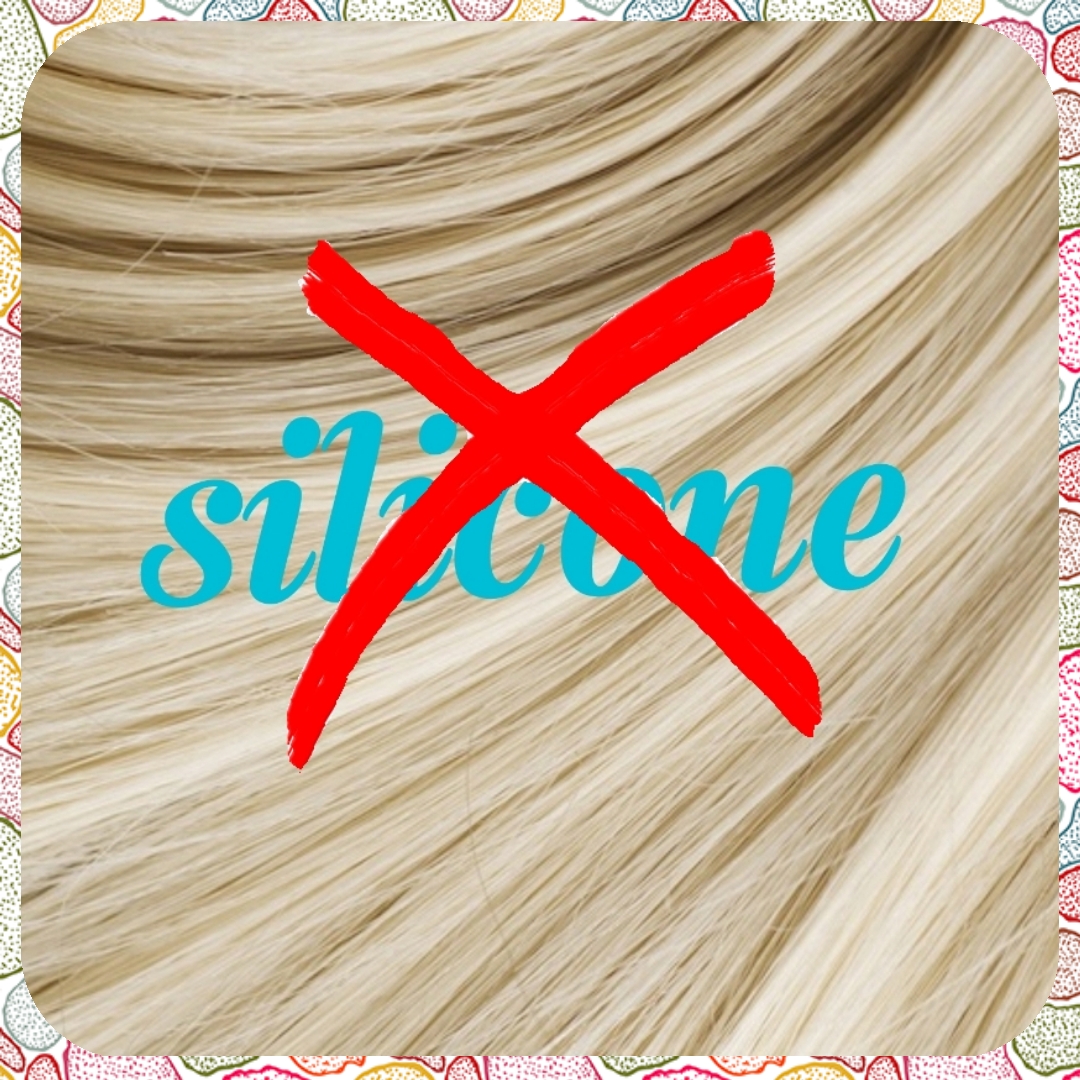
Another marketing ploy is the “silicone-free” label on the bottle. However, silicone is a necessary component of such products, especially for split ends or depleted hair. Some types of silicones do not weigh down, add shine, seal the ends, preventing the rod from delamination further, and protect against the effects of low and high temperatures and ultraviolet radiation - these are the so-called thin silicones. They are used by manufacturers who value their reputation. Others are difficult to wash off, make the strands heavier, contribute to their loss and do not "pass" nutrients deep into the hair. List of thin silicones:
- Lauryl methicone copolyol;
- Dimethicone Copolyo and Dimethicone copolyol / HWP;
- Hydroxypropyl;
- Trideceth-12;
- Amodimethirone;
- Polysiloxane.
If the composition contains silicones that are not included in the list of safe ones, it is better to refuse to buy, even if the bottle is marked "organic".
Note: the word "organic" means the concentration of active substances is at least 90%. If the description contains the word "organic", but the concentration of active ingredients or oils is not indicated, or the percentage is indicated below 90%, it is better not to buy such a product.
We cook ourselves

You can significantly reduce costs and avoid the mistake of choosing an organic hair shampoo by making it yourself. At the same time, it will contain only what we consider necessary to add to it, excluding all dubious components. Another plus of home cooking is the small portion. The lack of conservatives does not allow cooking large quantities.Of course, this is inconvenient because you need to spend from 30 to 60 minutes of time on cooking, however, if the strands “don't like” it, you can try another recipe next time. But in the case of buying an "inappropriate" cosmetic product, the remaining volume will not go anywhere, the money will be wasted.
For principled opponents of any chemistry, recipes with a description of how to make shampoo on their own have been selected as much as possible.
Banana egg
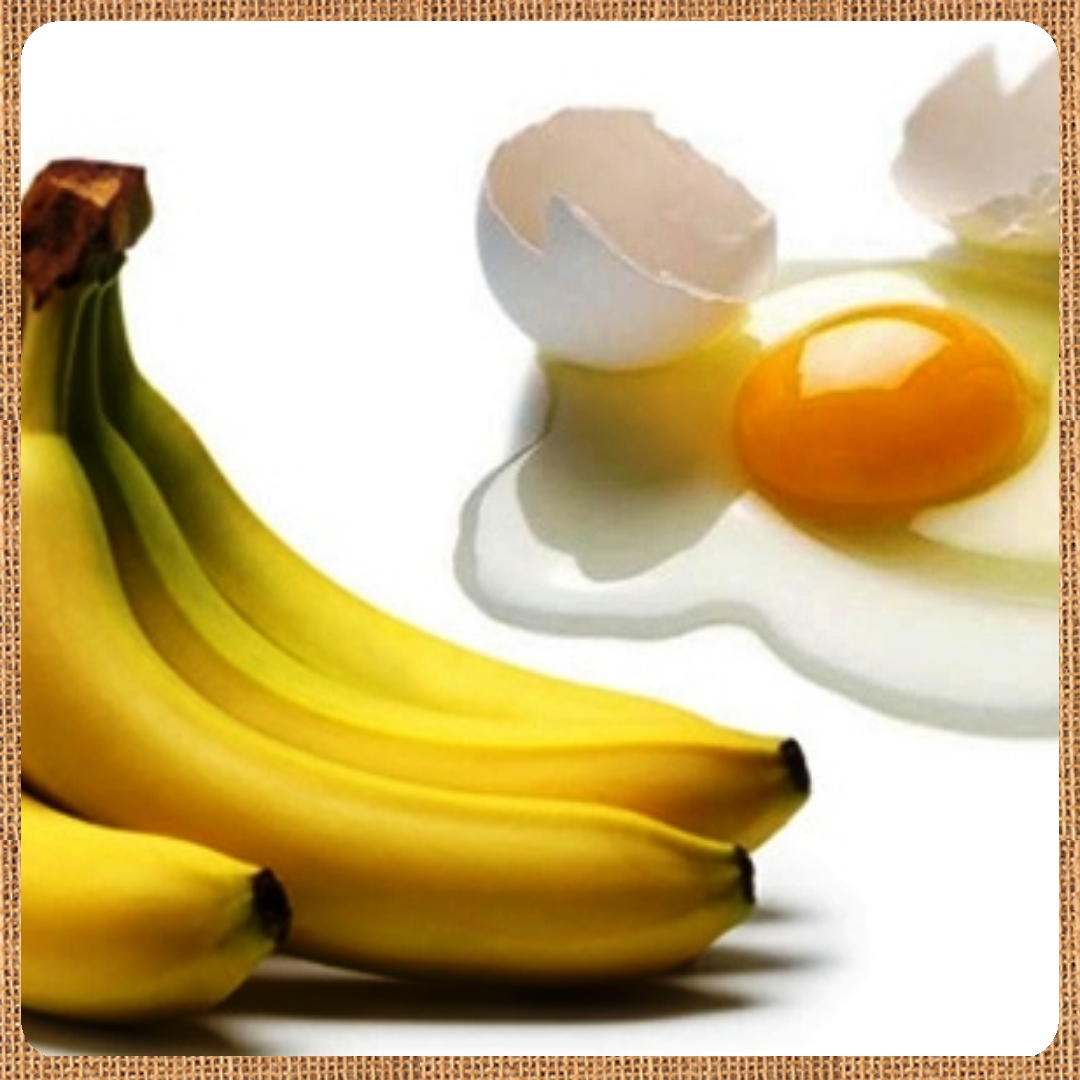
Peel a half of a banana from the peel and the top layer of the pulp, mix thoroughly with the juice of half a lemon and the yolk of 1 egg.
Advantages:
- Cleans well and even foams a little;
- Suitable for all hair types;
- Affordable and inexpensive ingredients;
- Prepares quickly.
Disadvantages:
- After using the usual store counterparts, it will not be easy to get used to the home version - there will be no characteristic "clean" squeak under the fingers, but this does not mean that the strands were not washed.
Soapy herbal
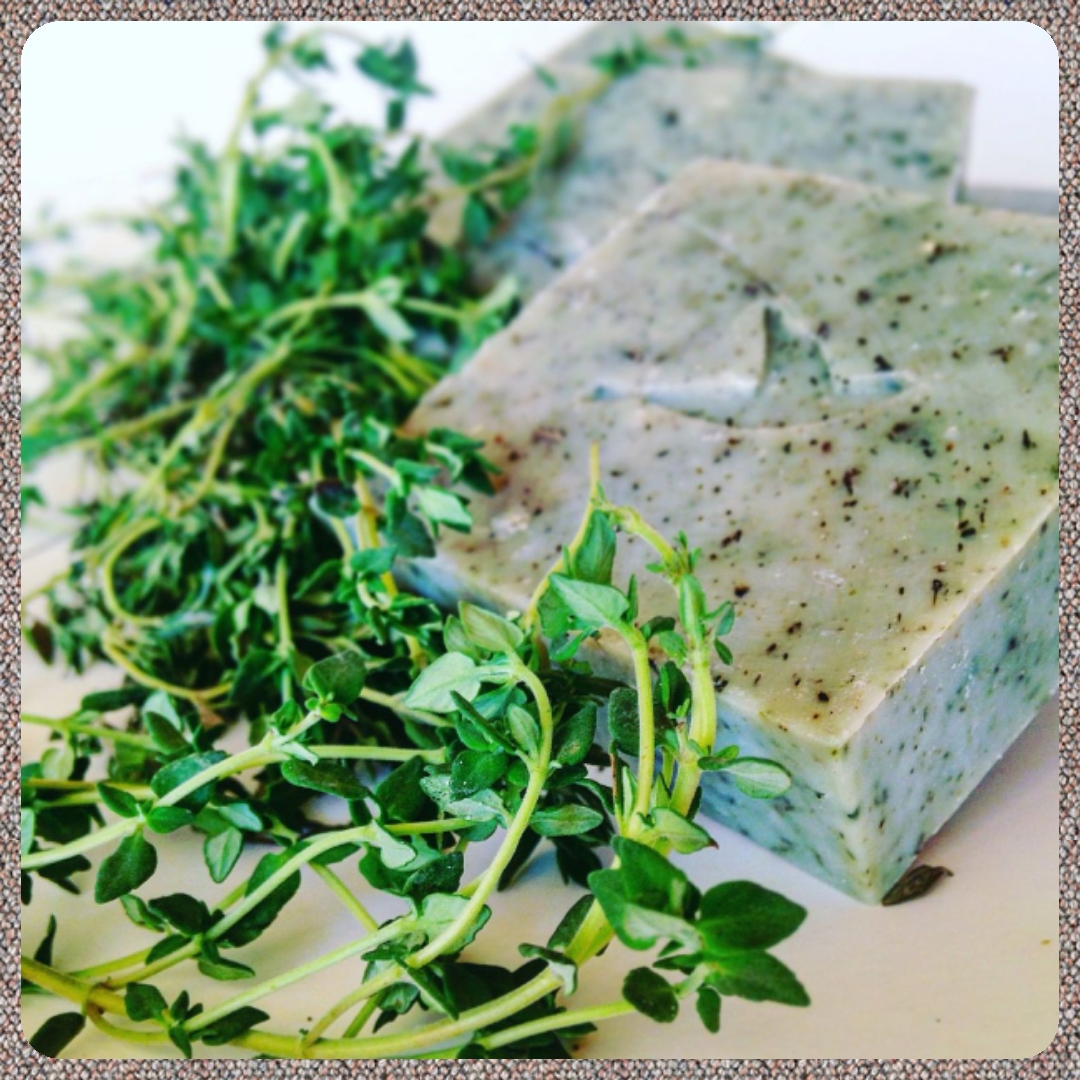
Grate glycerin, baby or any pharmacy soap with a minimum amount of additives and fragrances - the simpler the better. Prepare a decoction of nettle, calendula or chamomile, mix with soap shavings and stand until the latter dissolves. You can add 2-3 drops of essential oils of your choice to the finished mixture.
Advantages:
- There is a soap base, therefore, there will be the usual foam;
- Suitable for mixed hair;
- The herbal and oil components can be changed and combined, focusing on the state of your hair.
Disadvantages:
- It will take 20 to 40 minutes to cook.
Honey jasmine
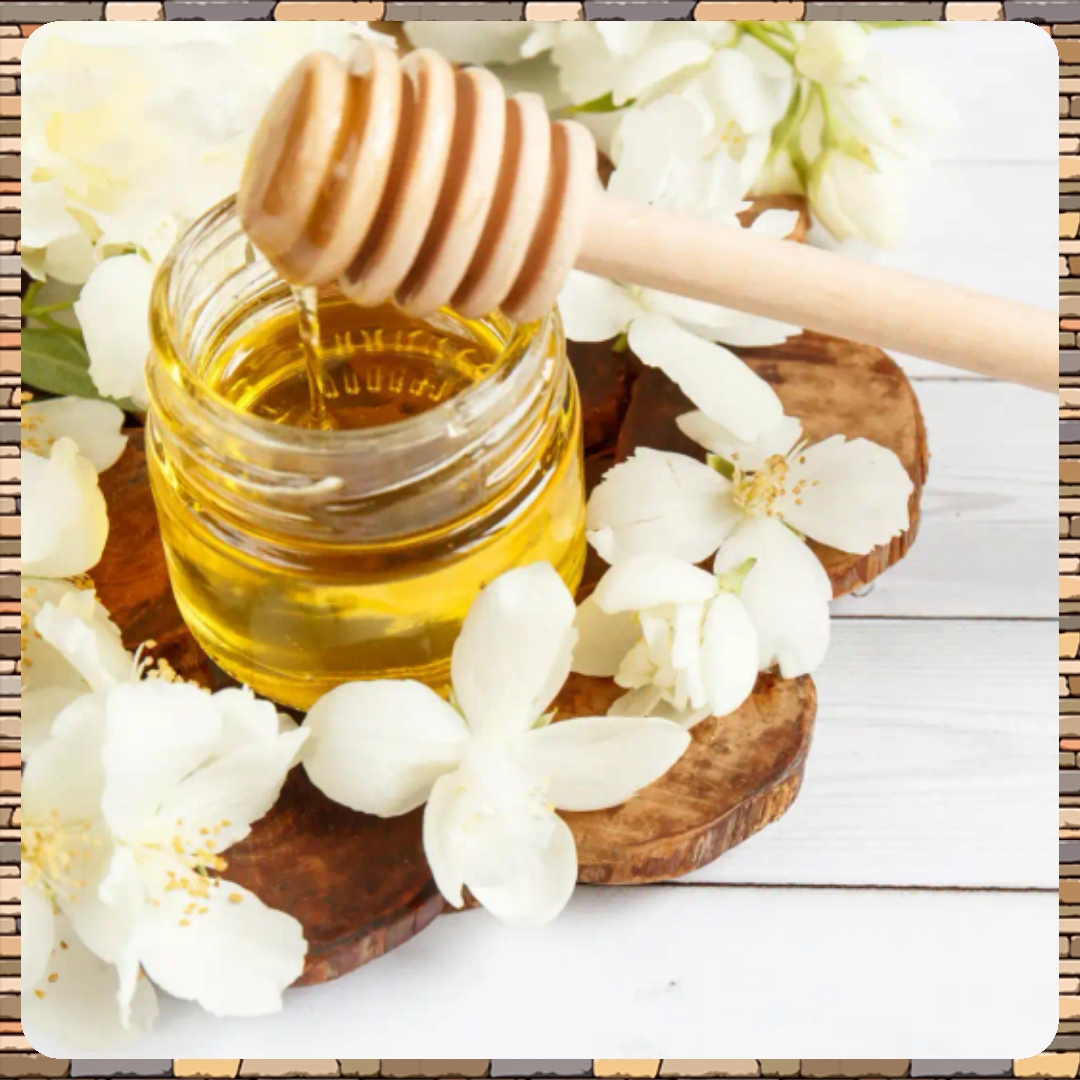
Suitable for dry and depleted strands. Add a decoction of jasmine petals to the soap shavings. For this purpose, you can buy jasmine tea, just not in bags, but in bulk, brew it, cool it a little and add honey to it (1 tablespoon per 200 ml of broth).
Important! Honey cannot be added to boiling water, because it loses up to 70% of its beneficial properties. The liquid must be cooled so that it is not scalding, but very warm.
You can add 2-3 drops of essential oils for fragrance.
Advantages:
- Nourishes and moisturizes;
- Stored up to 7 days.
Disadvantages:
- Not suitable for oily hair.
This is how you can save money and make an almost natural cleanser. By the way, about saving - organic caring products a priori cannot be cheap. The process of extracting and preserving natural raw materials while preserving all useful properties is not fast and not cheap, so the manufacturer is forced to include it in the final price of the product in order to recoup costs and make a profit. Therefore, the quality of the shampoo can be judged by how much the product costs. This is especially true for liquid formulations.
Dry organic shampoos
In dry analogs, the crystallization method avoids the use of expensive natural preservatives, so the average price for the same volume will be 1.5 times lower than for a liquid analogue. Therefore, the review continues with detergents with a powdery consistency. They quickly refresh the strands and eliminate grease, giving shine and a well-groomed look, if there is no time to waste time on a full wash using a mask and subsequent styling.
Trichologist's recommendations: when buying, you need to carefully study the description. To reduce the cost of products, some manufacturers can use a carcinogenic compound of aluminum, which contributes to the development of cancer, accumulating in the body.
Therefore, if octenyl aluminum succinate is present in the composition, it is better to refuse the purchase. And, of course, do not use it constantly as an alternative to traditional washing, so that hazardous elements do not accumulate in the skin layers.
Kapous fast help
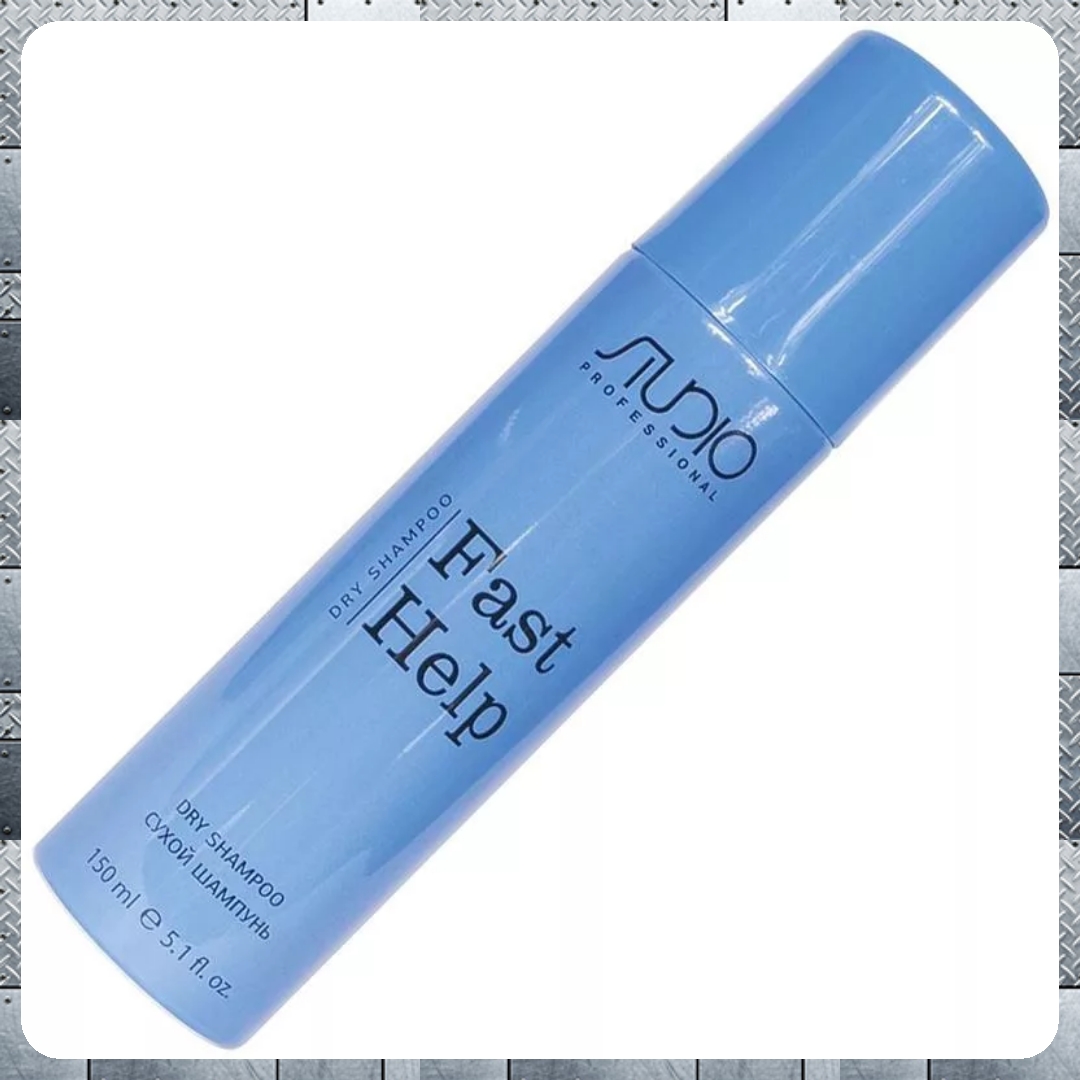
Product of the German brand of professional grooming cosmetics. Suitable for all hair types, providing volume and a clean look. The strands become light and shiny. Patented formula with bamboo extract to protect against dehydration, essential oils for an antiseptic effect.
Advantages:
- Regulates the sebaceous glands;
- Effective against dandruff;
- Average price - 250 rubles;
- Rice flour absorbs excess sebum (sebum) well.
Disadvantages:
- Small volume - 150 ml.
Batiste
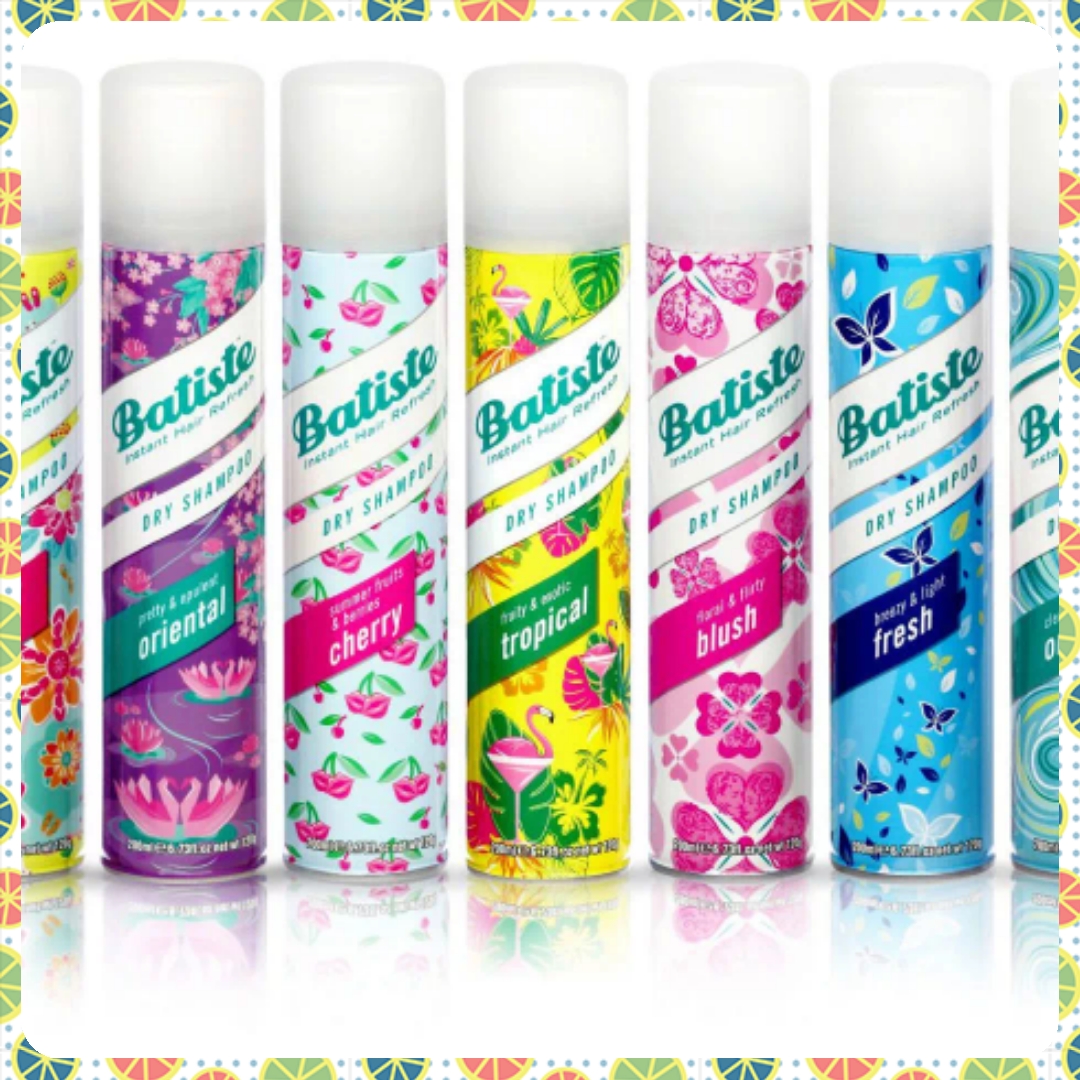
The British brand offers a selection of dry shampoos with different flavors. The average price for a volume of 200 ml is about 600 rubles, 400 ml can be purchased at a price of 800 rubles. The line has options for brunettes and brown-haired women, on whose hair, as a rule, white bloom is especially noticeable. For them, special products have been released in dark powder.
Advantages:
- Fast cleansing;
- Giving root volume;
- A pleasant, unobtrusive aroma.
Disadvantages:
- It is not recommended to use it permanently - however, this applies to all such products in dry form. The fact is that absorbents remove excess fat and dirt directly from the strands, while the pores remain clogged, the powder additionally “clogs” them. Therefore, frequent use results in slower growth and shedding.
Klorane
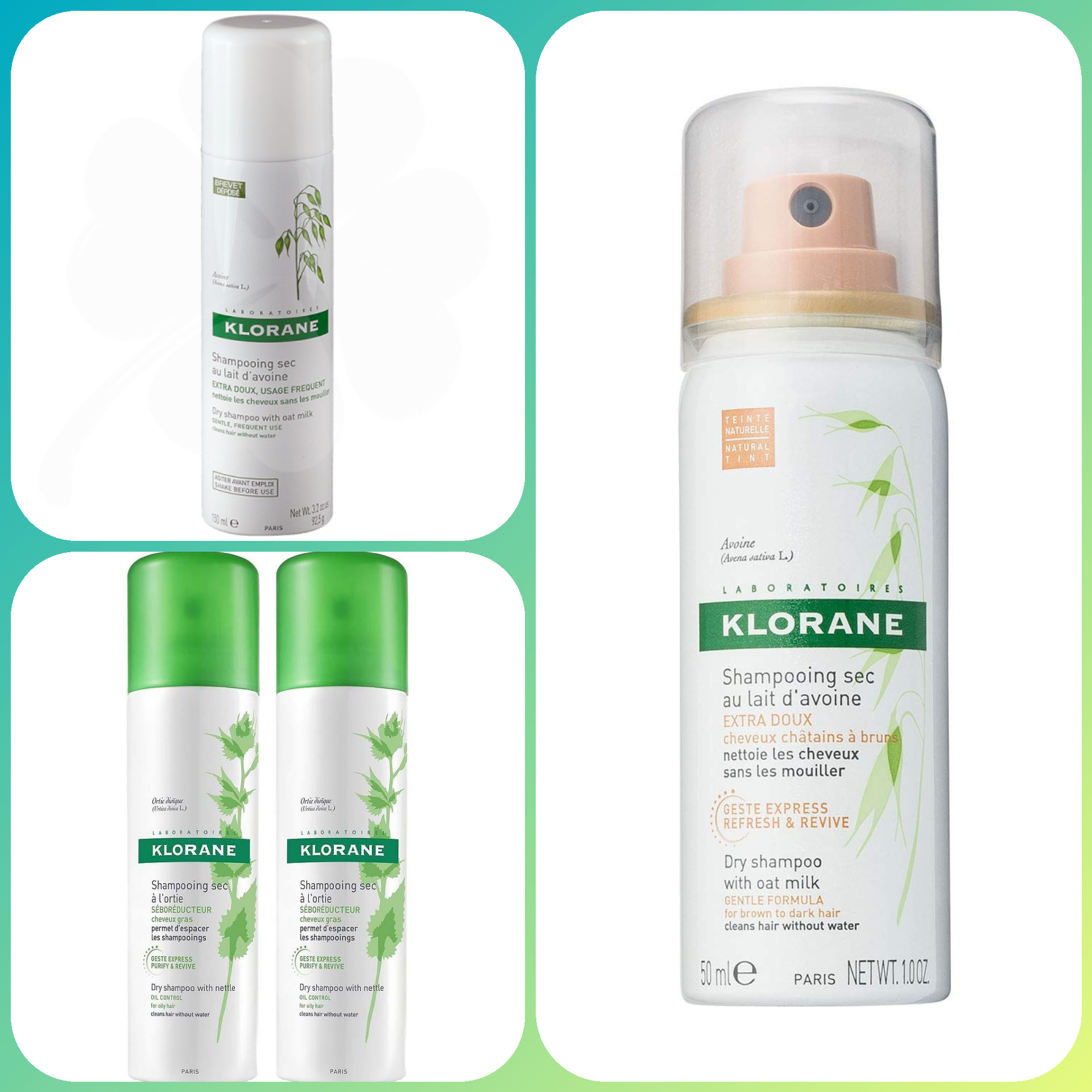
The French brand offers, among other things, a large selection of dry hair cleansers. In addition to plant extracts in high concentration, the composition necessarily contains polysaccharides and cyclodextrins obtained from plants by extraction and subsequent crystallization, which ensures high absorbing characteristics.
Advantages:
- With the function of fixation and modeling - no need to use additional styling products;
- Hypoallergenic;
- Suitable for children.
Disadvantages:
- The average price is from 500 rubles for 150 ml, however, in some pharmacies it can be bought at a price of 400 to 450 rubles for the same volume.
Homemade preparations
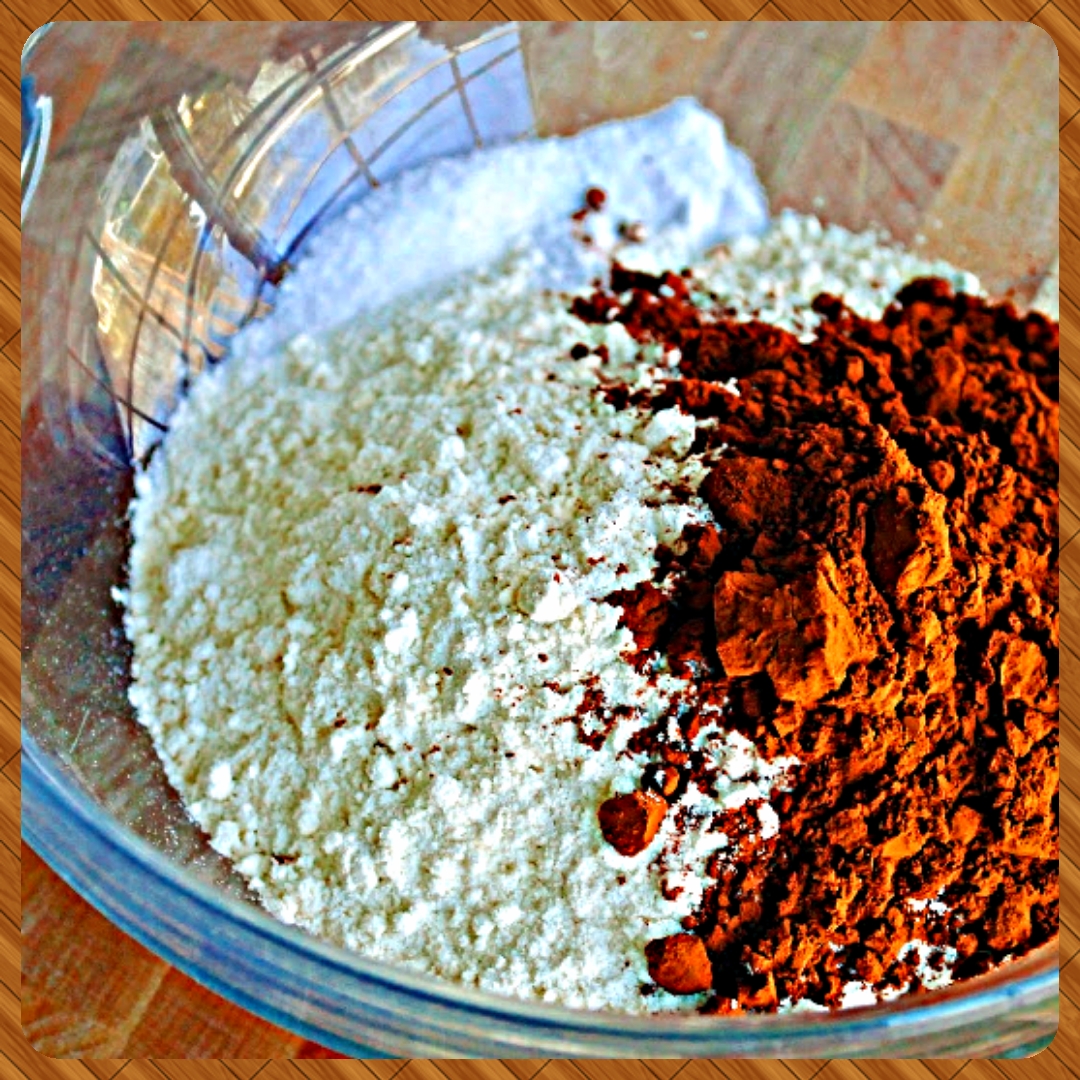
A dry cleanser can also be prepared at home, while it will cost several times cheaper, and the functionality and characteristics will be identical to store counterparts.
Option for blondes
For cooking you will need:
- 2 tbsp. l. corn or potato starch,
- Soda - 1 tbsp. l.,
- Rose or rosemary essential oil (optional, you can take any other) - 2 drops.
First mix the dry ingredients, then add oil and mix thoroughly again. Apply to scalp from roots to ends and beat into hair as you would for a normal shampoo. Then comb out with a fine-toothed comb.
Advantages:
- Inexpensive ingredients;
- Ease of use;
- Soda neutralizes the unpleasant smell of a stale head;
- Cornstarch perfectly absorbs sebum and impurities;
- Free of crystallizers and fragrances.
Disadvantages:
- Soda dries a lot, so it is not recommended to use this option more than 1 time per week;
- Ideal for blondes, dark strands can become whitish and dull.
Option for brunettes
For it you will need all the same corn or potato starch, cocoa powder (the most common, without added sugar), cinnamon and essential oils (the last two components - optional, no more than 2 drops). Ratio:
- Starch - 2 tbsp. l.
- Cocoa powder - 2 tbsp. l.,
- Cinnamon (optional) - ½ tablespoon
The mixing and use method is the same as in the previous recipe.
Advantages:
- Ideal for brunettes, does not leave a whitish coating;
- No chemistry.
Disadvantages:
- Not detected if the rules of use are followed - no more than 1-2 times a week.
The best for children
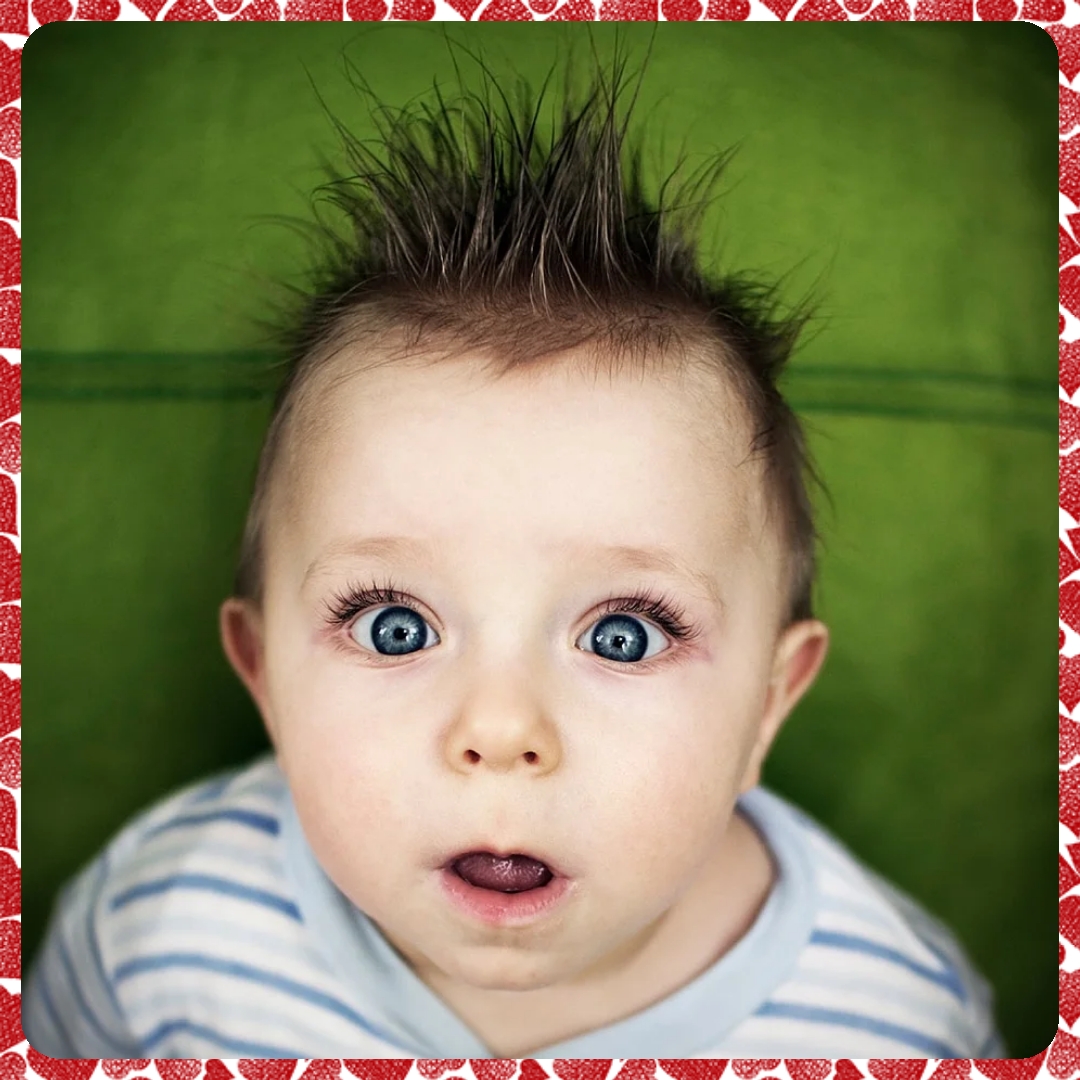
For the little ones - special formulations with a composition that creates a lipid-fat layer, which is not formed independently by the epidermis at an early age, from which the hair of children is especially vulnerable to the negative effects of temperature changes and ultraviolet rays. The best shampoos for children, which received the best reviews from mothers from among the staff of the editorial staff of "I found" and their friends.
Paw
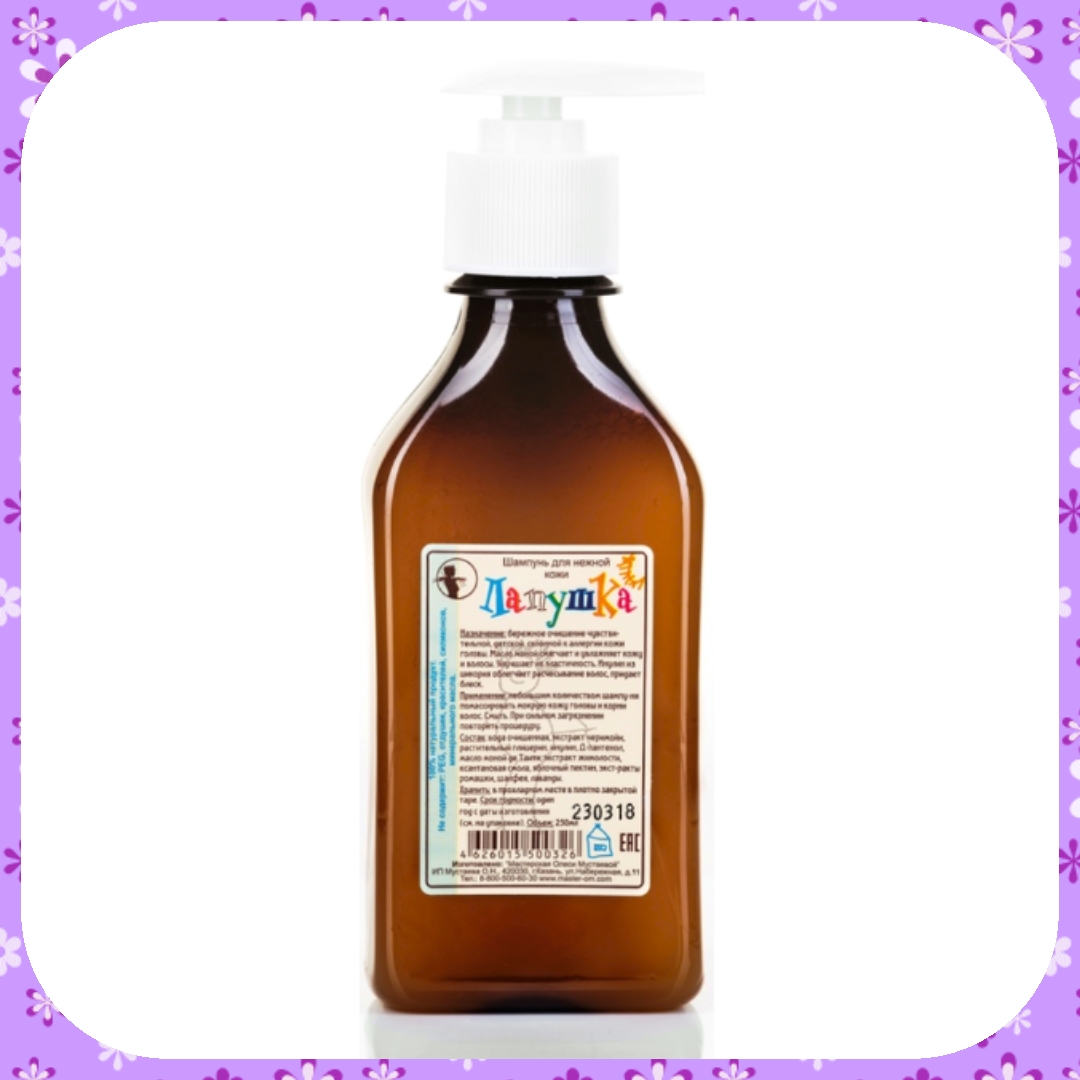
The "mimic" name emphasizes the safety of the product - edible fruits of the wild cherry are used as a soap base. Extracts from honeysuckle, chamomile, sage and lavender extract "help" baby hairs to cope with the adverse effects of the environment, xanth gum and apple pectin protect and stimulate growth.The average price for 250 ml is from 500 rubles.
Advantages:
- Surfactant-free;
- Suitable for girls and boys;
- D-panthenol heals and nourishes.
Disadvantages:
- It is liquid, drains quickly, so it has to be foamed quickly.
Urtekam
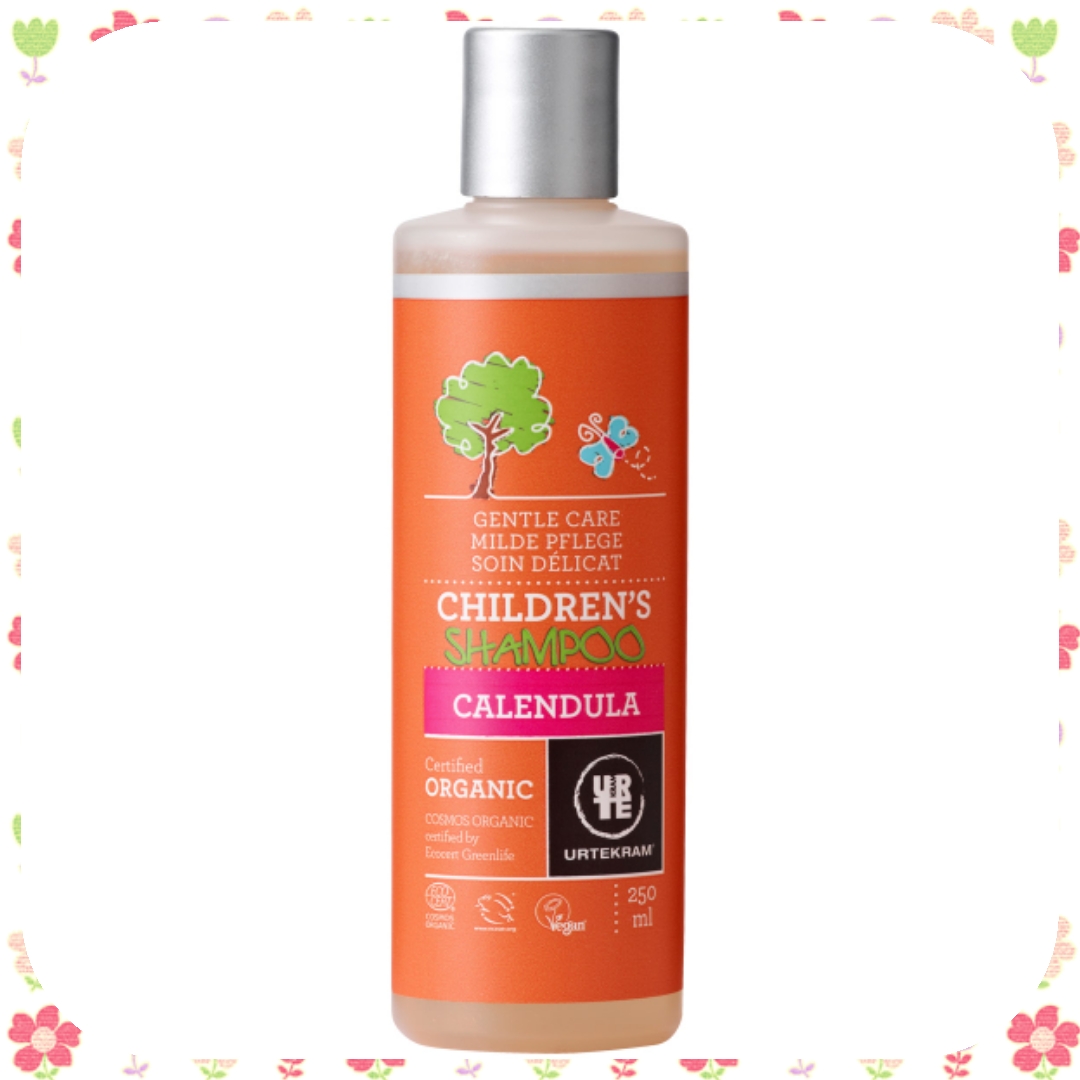
It contains aloe vera, vegetable glycerin, table salt and citric acid. It is consumed economically, the consistency is moderately thick. Can also be used as a shower gel. Can be purchased at a price of 550 rubles. for 250 ml.
Advantages:
- Economical consumption;
- Washes well;
- Suitable for boys and girls;
- Hypoallergenic.
Disadvantages:
- Contrary to the manufacturer's claims, it stings when it gets into the eyes.
Weleda
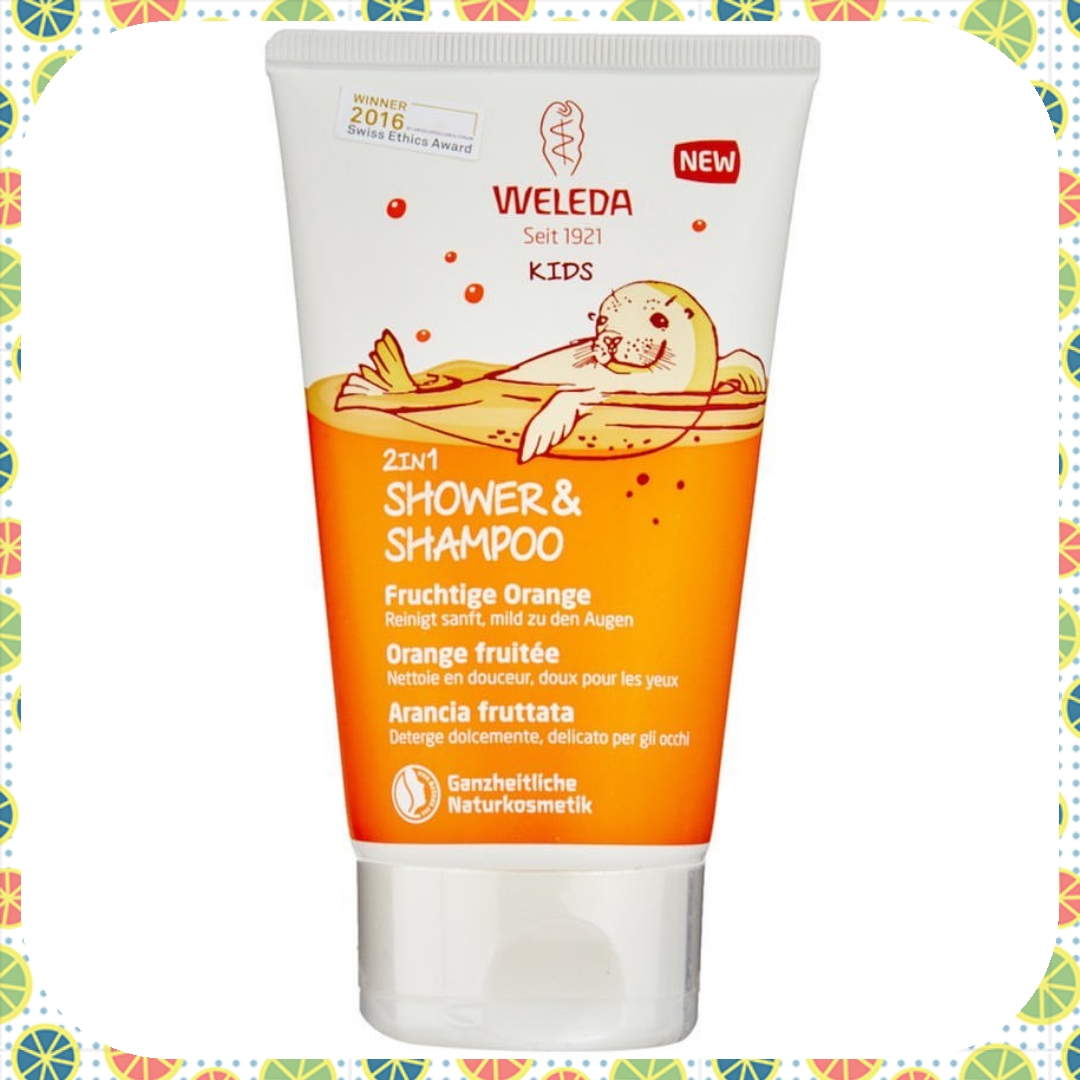
The German manufacturer has taken care of its smallest consumers. It can be used almost immediately after birth for bathing, as its formula is 100% natural. Calendula extract perfectly relieves inflammation and soothes the skin, sweet almond and sesame oils moisturize and maintain pH balance.
Advantages:
- Cleans gently and delicately;
- Doesn't sting the eyes;
- Completely natural.
Disadvantages:
- Price for 200 ml - from 750 rubles.
Trichologist's advice: Adults should not use baby shampoo. Contrary to the common misconception, the hair from this will not grow better and become less dirty.
As already mentioned, the protective water-lipid barrier does not form in children, whereas in adults it already does. Baby shampoo creates this barrier on the baby's skin artificially, therefore it is not suitable for adults, disrupting the work of the sebaceous glands on the scalp. The hair from this quickly becomes greasy, in addition, the product for children with the most gentle formula and a minimum of surfactants simply cannot remove the remnants of masks and styling products.
Main selection criteria
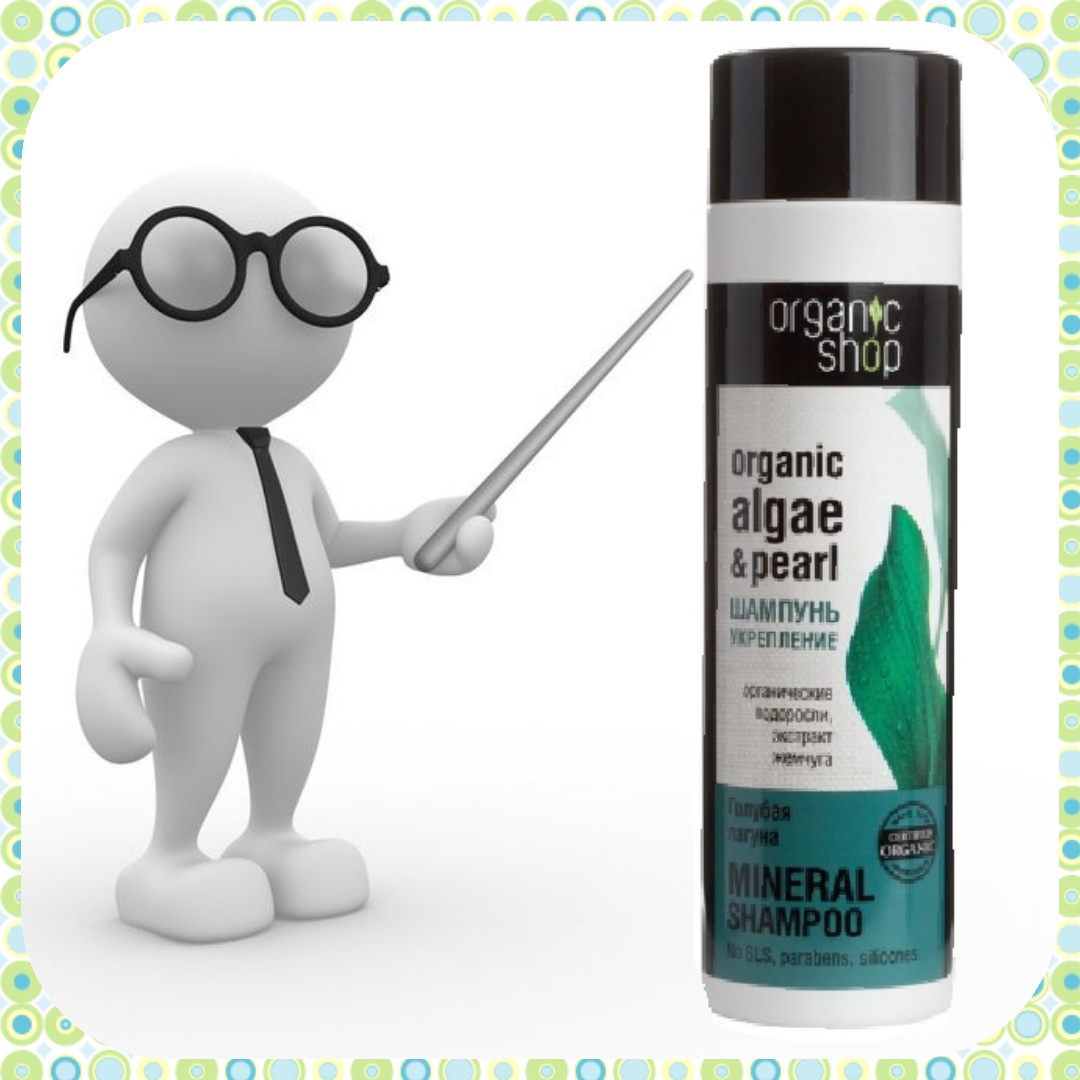
The choice of organic shampoos today is almost unlimited, and when choosing which one is better to buy, you should focus, first of all, on the condition of your hair. If you don't have time to visit a trichologist and get comprehensive recommendations on a cleanser that's right for your hair, you can read reviews from those who have a similar type and condition of strands. It is not recommended to buy a large volume at once, because, even if the hair type is similar, it may not fit individually and will remain on the shelf, being used, at best, as a shower gel. When deciding which shampoo is better to buy from which company, it is better to choose a manufacturer with a proven reputation, confidently occupying its niche in the market for more than one year.
Do not be afraid to change the shampoo if it does not suit you, carefully study the composition, giving preference to formulas with natural ingredients - and your hair will "answer" your concern with a healthy look, thickness and fast growth. Enjoy the shopping!













I have been suffering for many years, I can not find myself a shampoo, the scalp itches from everyone, now I want to try organic shampoos or make homemade ones myself
I suffer for many years, I can not find a shampoo, the scalp itches from everyone, now I want to try organic shampoos or make homemade ones myself